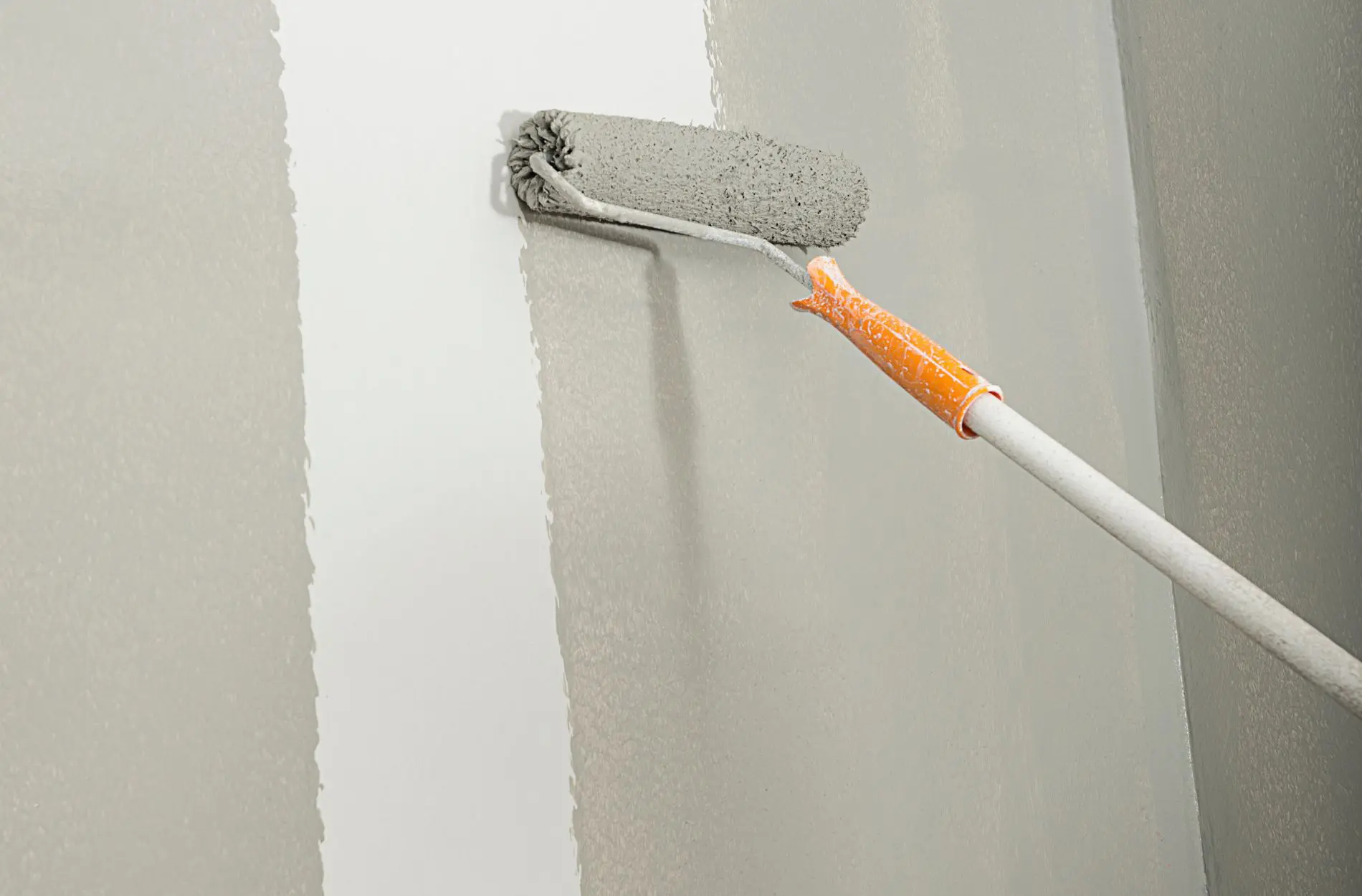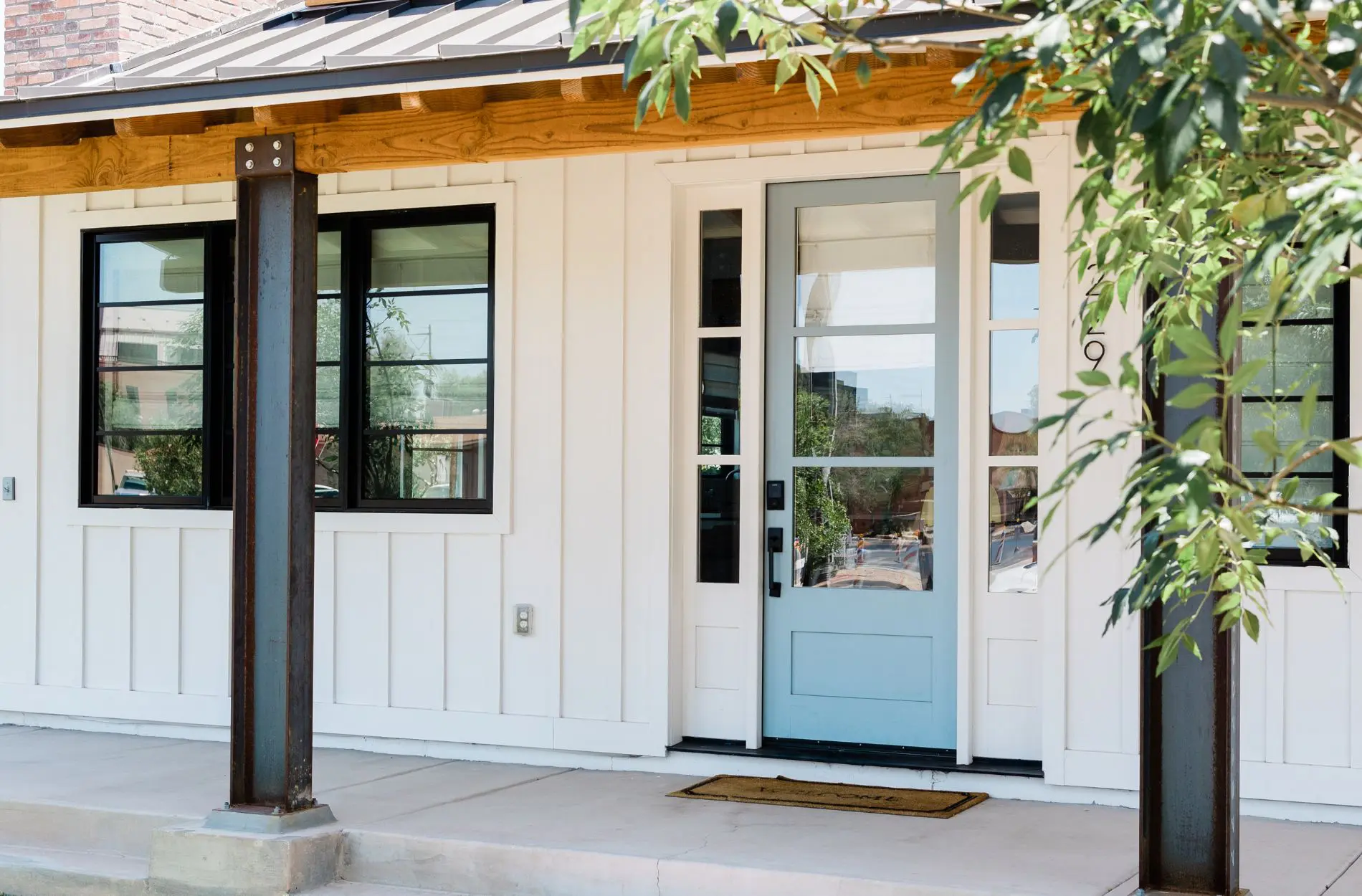DIY 101: The Logical Way To Tackle Your Interiors

There are two ways you can go about an interior painting project – the easy way and the hard way. Or more specifically, the logical way and the unnecessarily challenging way.
No prizes for guessing which of the two comes most highly recommended!
The end of summer always sees millions of well-meaning homeowners reaching for their brushes, rollers and general painting provisions. On the surface, painting the interiors of the average property doesn’t come across as a particularly difficult undertaking. Nevertheless, diving into things with no specific plan of action can quickly bring about all manner of complications.

Truth is, the key to successful – perhaps even enjoyable – home painting projects lies in tackling things from a logical approach. It’s up to you which way around you approach the job, but in our humble opinion, it’s always a good idea to paint interiors in the following order:
Start With The Ceiling
In our experience, we tend to find that most people leave the ceiling until the end of the job. In reality, we strongly recommend starting with the ceiling. The reason being that this tends to be the area where you will have the least control over what actually happens. Painting the ceiling inevitably means getting paint all over the place in the process.
Along with ending up with paint all over the floor, you’ll inevitably splatter bits and pieces of the stuff all over your walls. But as you haven’t painted your walls yet, this isn’t a particularly big deal. By contrast, do things the other way around and the resulting cleanup effort can be much more difficult.
Paint Trims Next
One of the most challenging aspects of interior painting is doing a good job with those rather awkward and complex trims. Once again, it’s almost inevitable that while painting your trims, you’ll accidentally smear and splatter paint onto the surrounding surfaces. But as you’ll be painting these surfaces a little later, it really doesn’t matter.
By tackling the trims second, you don’t need to be nearly as precise as you would normally be. Hence, you’ll get the job done far easier and with minimal effort required.
Follow With Cut-Ins
This is basically the process of tackling those rather precise areas where the walls meet the ceiling, surfaces meet trim and so on. You’ll find this stage much easier to cope with if you invest in a good roll of painter’s tape and familiarize yourself with how to use it properly. Likewise, cutting-in also demands a premium quality paintbrush with angled bristles. At least, if looking to simplify the process as much as possible.
Be sure to take as much time as necessary to get the job done accurately, giving it time to dry and adding a second coat where necessary.
Paint The Walls Last
While it may contradict your initial instincts, you’ll actually want to go ahead and paint the bulk of the walls last. Nevertheless, having already tackled the more time consuming and precise part of the project beforehand, you’ll find this stage the easiest and most enjoyable by far.
As always, it’s a good idea to start from one of the top corners and gradually work your way down to the opposite corner. While it may be the quickest and easiest stage, it’s important to take your time and apply each coat of paint as thinly and evenly as possible. The quality of the tools you use will have a big impact on the final result – as will the quality of the paint you use. And remember – always give things more than enough time to dry, before going ahead and applying an additional coat of paint.
A Quick Word On Primer…
Rounding off with one important additional note – all of the above applies under the assumption that the surfaces you are painting are smooth, free of damage and ready to be painted.
If you’re planning on painting any raw surfaces whatsoever, you may need to take the necessary steps to prepare the surface. Along with thoroughly cleaning the surface and repairing any damage, this also means arming yourself with a can of quality primer and applying it as specified by the manufacturer. Make no mistake about it – attempting to paint raw surfaces without first applying primer is a guaranteed recipe for disaster!
For more information on any aspect of interior painting or to discuss our services in more detail, reach out to a member of the Homm CPS team today.










